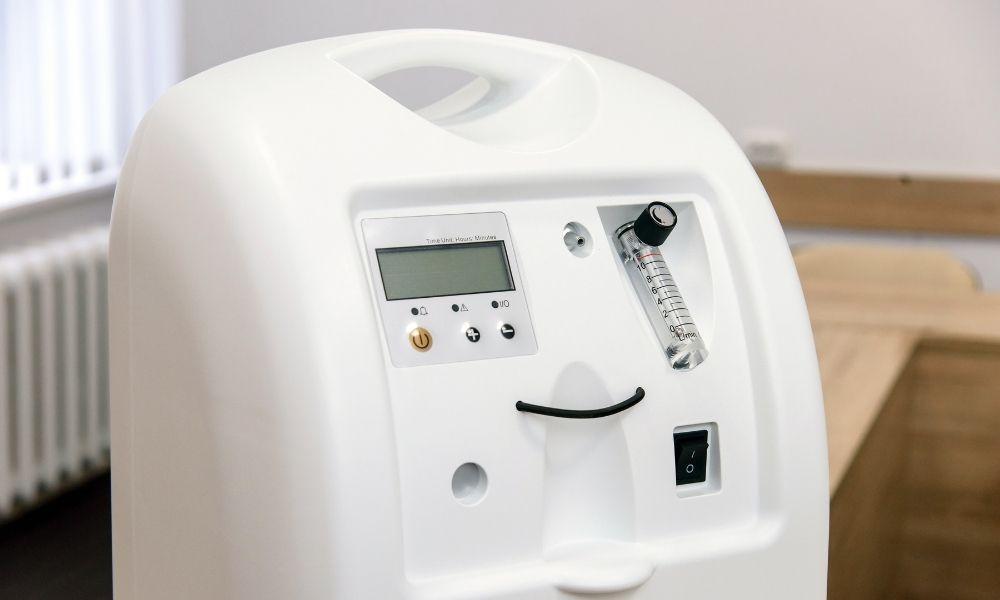For those with lung conditions or respiratory issues, getting enough oxygen is a daily struggle. An oxygen concentrator offers a solution to help you breathe easier. This important medical device delivers supplemental oxygen from room air so you maintain healthy oxygen saturation levels. If you are considering an oxygen concentrator to treat a respiratory condition, this guide provides a helpful introduction to get you started. With this foundational knowledge, you make informed decisions about purchasing the right oxygen concentrator to meet your needs.
How do oxygen concentrators work?
Oxygen concentrators utilize a dual-column system containing zeolite pellets (the “molecular sieve” material) to extract nitrogen from the air. As air is drawn into the machine, one column separates the oxygen while the other releases concentrated oxygen gas for delivery to the user. The columns regularly switch back and forth during the process. Using zeolite sieve beds and a compressor, nitrogen atoms are filtered out. Pressurized air releases the nitrogen through the opposite valve and provides a constant purified oxygen flow. Humidifiers add moisture for improved comfort. Flow settings allow users to adjust their oxygen supply as needed.
Types of oxygen concentrators
There are two main types of oxygen concentrators.
- Stationary – These larger machines are ideal for home and long-term use. Flow capacity ranges from 1-10 liters per minute (LPM). They plug into an electrical outlet and provide ongoing oxygen supply 24/7.
- Portable – Smaller and more lightweight to provide mobility outside the home. They operate on battery power and deliver 0.5-3 LPM. Lighter and less powerful than stationary units. Useful for travel and activities.
Within each type, there are continuous flow and pulse flow models. Continuous flow provides an uninterrupted supply, while pulse flow conserves oxygen by sensing inhalation and delivering concentrated bursts. Talk to your doctor about your oxygen needs to choose the right flow method.
Key features and considerations
- Flow rate – Measure of oxygen delivery capacity in LPM. Needs vary from 1-10+ LPM depending on your condition.
- Purity – Percentage of concentrated oxygen produced, ideally reaching 90-95%.
- Sound level – Concentrators have internal compressor components that generate noise measured in decibels (dB). Lower is quieter.
- Size and weight – Important for portable models. Lighter and more compact units provide better mobility.
- Battery life – Only pertains to portable concentrators. Longer battery life enables longer periods of cordless use.
- Warranty – Added protection on your investment. Average 1-3 years for new machines.
Choosing the most appropriate oxygen concentrator machine involves consulting your doctor to determine the required oxygen flow rate and lifestyle needs to guide the selection process. Those who are mostly stationary benefit from a powerful heavy-duty home unit. Active individuals who value mobility may prefer a lightweight portable model. Work with your medical provider to obtain an oxygen prescription and have them help select the concentrator specifications and features that best match your respiratory condition.




